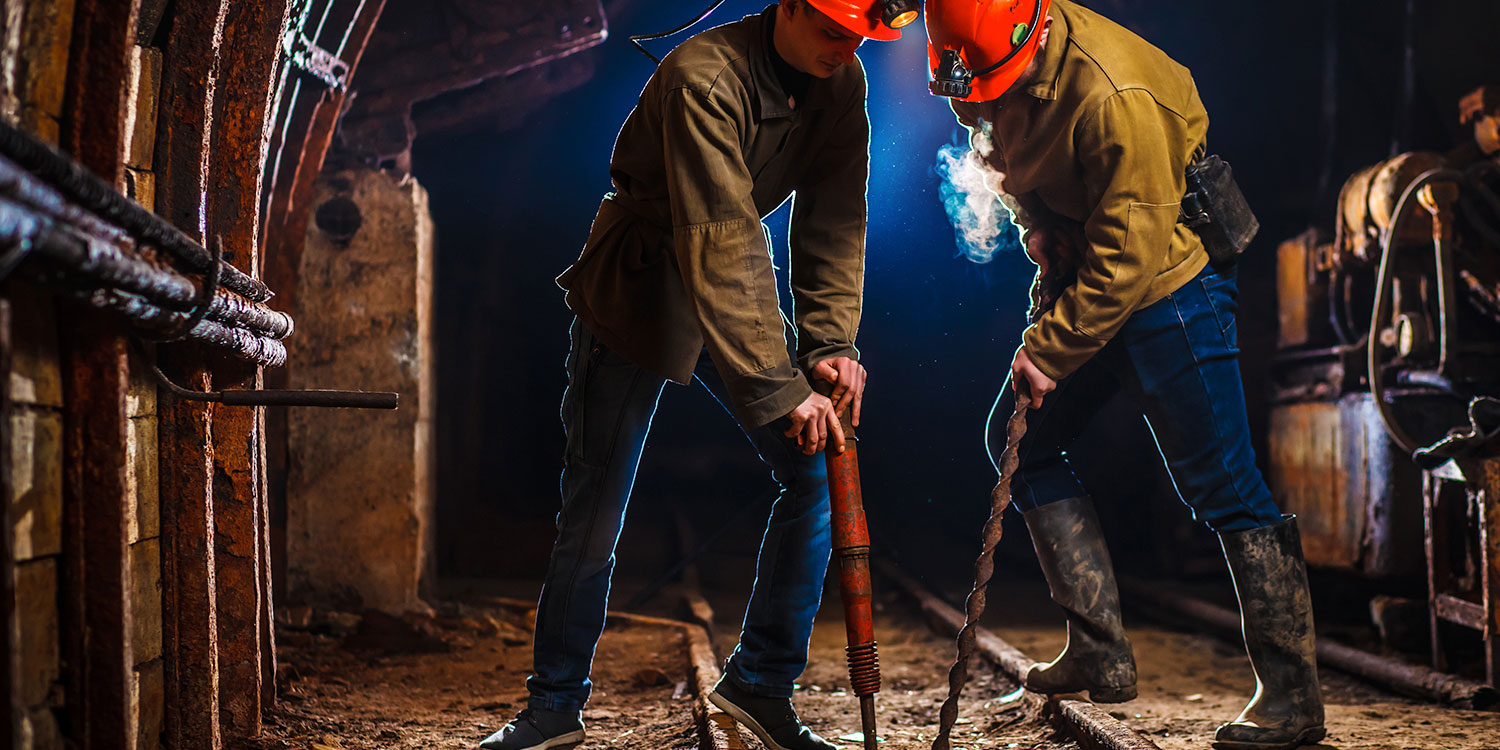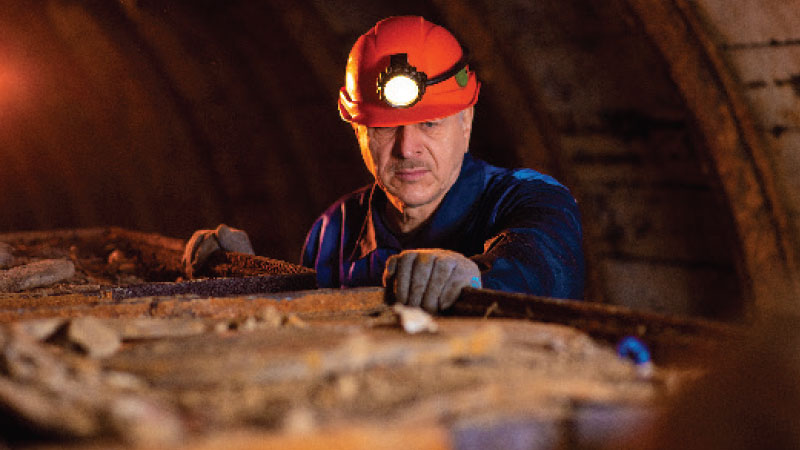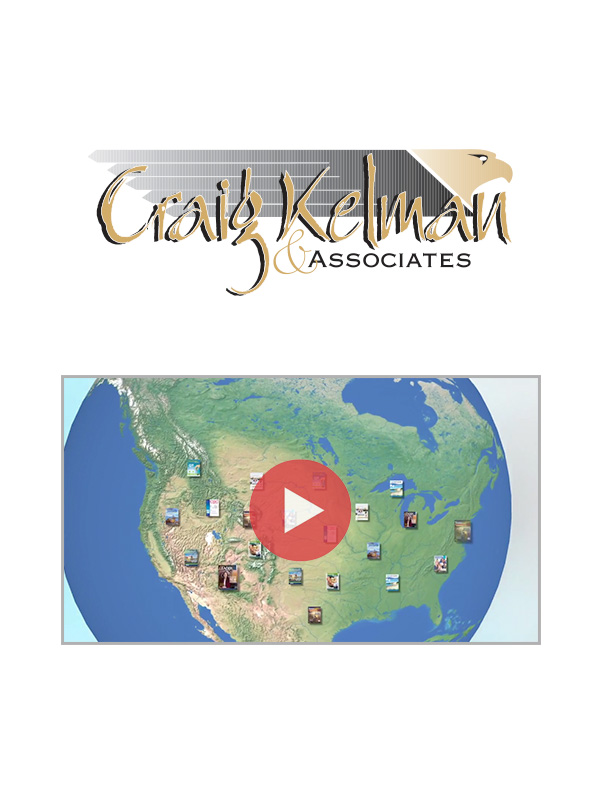WSCC Expert Talks Worker Risks, Rights, and the Rise of Mental Wellness in Northern Mines
Sometimes, the past lingers. When it comes to the safety of miners in the Northwest Territories (NWT) and Nunavut, it is the risk of traditional mining injuries, such as back or hand injuries, that continues to cause strife, especially among experienced miners. Though that may seem contradictory surely new workers would be the most at-risk, right? – experienced workers have three factors working against them: the demographic’s declining agility, decreasing flexibility, and the potential for complacency within their work routines.
“Older males tend to become a little more complacent,” says Cary Ingram, CRSP, Chief of Mining & OHS Inspector at the Workers’ Safety and Compensation Commission (WSCC) of the NWT and Nunavut. “They’re used to doing things in a routine and they don’t really stop and think prior to doing an activity. So, it puts them in an awkward situation and before they know it, they’re laying [down] on the ground, they’ve hurt themselves because they lifted something too heavy, or put their hands in the wrong place.”
Mining is probably one of the biggest industries in the north an industry that sees employees flying in and out of mining camps on a rotational basis. According to the Northwest Territories and Nunavut Chamber of Mines, from 1996 until 2019, mining in the region has provided 87,930 person-years of employment (one “person-year” equals 2,184 hours, in 12-hour shifts for two weeks on/two weeks off rotations for 12 months).
Consequently, it’s easy to say that the workforce the mining industry in the NWT and Nunavut could aptly be called, considerable, in both size and man-hours.
For these workers, their lives work off routines and schedules travelling to and from mine camps, working on shifts, tackling specific tasks. However, even structure and routine, accidents can and do still happen onsite.
“There’s also ergonomic issues with lifting weights that are too heavy or overexertion or repetitive motion for long periods of times,” says Ingram. “There are machine-related injuries as well, but these injuries are mostly to workers themselves when they’re getting on and off the equipment – employees twisting their ankles or slipping and falling.”
Mitigating risks of injury are important, no matter what type. For Ingram, the best way to keep employees safe at work is to cultivate and grow an overall safety culture within the workplace by empowering the three rights of a worker, as defined by the Canadian Centre for Occupational Health and Safety (CCOHS):
1. The Right to Know what hazards are present in a workplace, and be given the information, training, and supervision needed to protect themselves. This can take the form of product labels, safe work procedures, and external employee training, to name a few.
2. The Right to Participate in decisions that could affect their health and safety. This may include selecting or being a health and safety representative, making suggestions to make the workplace a safer place, or reporting concerns about unsafe conditions.
3. The Right to Refuse work that they believe to be dangerous to themselves or to others. This right is normally used when the first two rights fail to ensure the employee’s safety.
“A strong safety culture will pay off probably a lot more than just buying a new piece of equipment,” says Ingram. “If employers can empower their employees to those three elements, it truly pays off because then the employee owns the safety. It’s no longer the employer that is responsible for the employee’s safety. It’s everybody’s’ responsibility.”
Every time employees arrive at a NWT or Nunavut mine site, they are required to participate in orientation and training, even if they are coming from another site. It’s always important that the owner or the employer provides that training to ensure that workers are safe and that they know how to respond in the case of emergencies.
Something that has changed in the last few years due to the COVID-19 pandemic is the focus on the psychological health and safety of workers – especially fly-in-and-out workers, who worked on extended rotations to contain exposure to the virus through 2020 and on. This meant that workers were at the mine for longer periods of time, away from families, in a time of stress and unknowns.
Ingram says that on these rotations, when workers were among people they mostly didn’t know well, it could be hard to express concerns or frustrations. Companies quickly realized they had to act to keep their employees as safe and as healthy as possible.
“I think really psychological health and safety was more spurred on because of the pandemic,” says Ingram. “A lot of companies in Canada have what’s called the EAP program or employee psychological health and safety program, where they can call in and talk to counsellors. But the mines identified the risk level increase during the pandemic and actually brought counsellors to the site so that people had the opportunity to talk to somebody and work out their issues, if they had any, which helped a lot.”
This also combatted the lingering stigma around opening up about mental wellness. “It was no longer a hidden issue and not something that people couldn’t be open about,” says Ingram, who has a background in paramedicine. “For the longest time, you just held in the issues you develop due to post-traumatic stress. When it finally started getting out that psychological illness was a health and safety issue, we started to see a lot more programs put in place where people could have support groups and counselling to help them through. I think that openness to say ‘I’ve got a problem and I need somebody to talk to about it’ has removed a lot of the old stigma of ‘I’m a rough and tough mining guy, I don’t need any help. I can get through it on my own.’”
The new developments in mining don’t end with the advancements made during the pandemic. Ingram notes that a lot more resources and programs are being developed. For example, CCOHS is working on programs for employers dedicated to mental wellness in the workplace, with the help of committees, agencies, and psychologists across Canada. There are also programs in development that focus on young workers to combat early career stressors.
As for traditional injuries, WSCC approaches the issue with their Safety Spotlight campaign, targeting each specific injury around the season where it is most prevalent in. For example, during the time of year where slips and falls are more prevalent, WSCC runs a focused information campaign to alert employers and workers of the hazard, making sure the risk is at the forefront of people’s minds.
Safety has come a long way since the first mining company broke ground in the NWT and Nunavut, and Ingram has hope that there will be more innovation to come in the next few years.
“Across Canada, all the jurisdictions are becoming more harmonized and working together on resources – for employers and workers,” he says. “The focus is really on protecting workers from injuries. It used to be that the jurisdiction cared for your province would work on them in silo, but now there’s starting to be a lot more cooperation between all the jurisdictions to work on larger, more robust programs.”


 1-866-985-9780
1-866-985-9780








